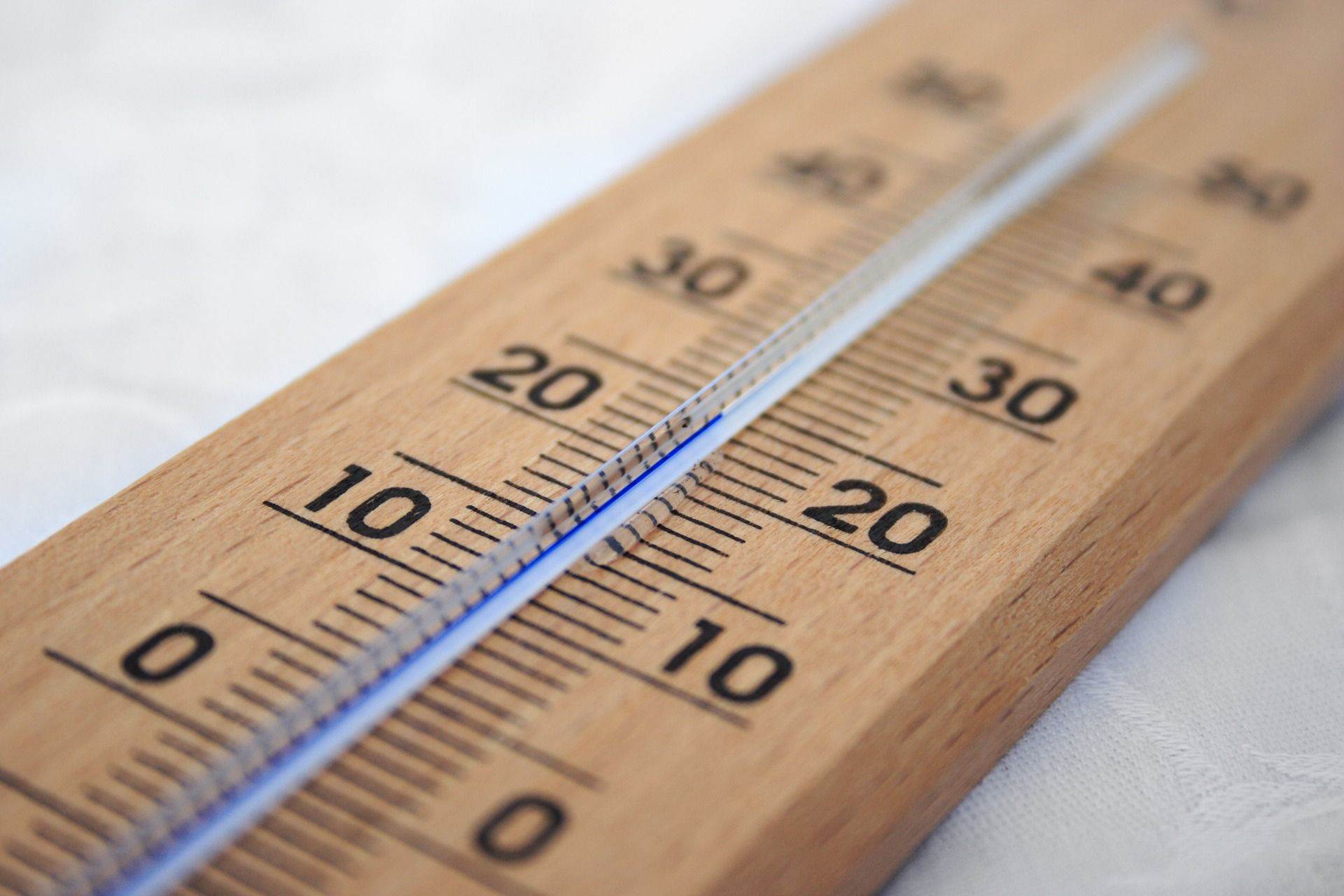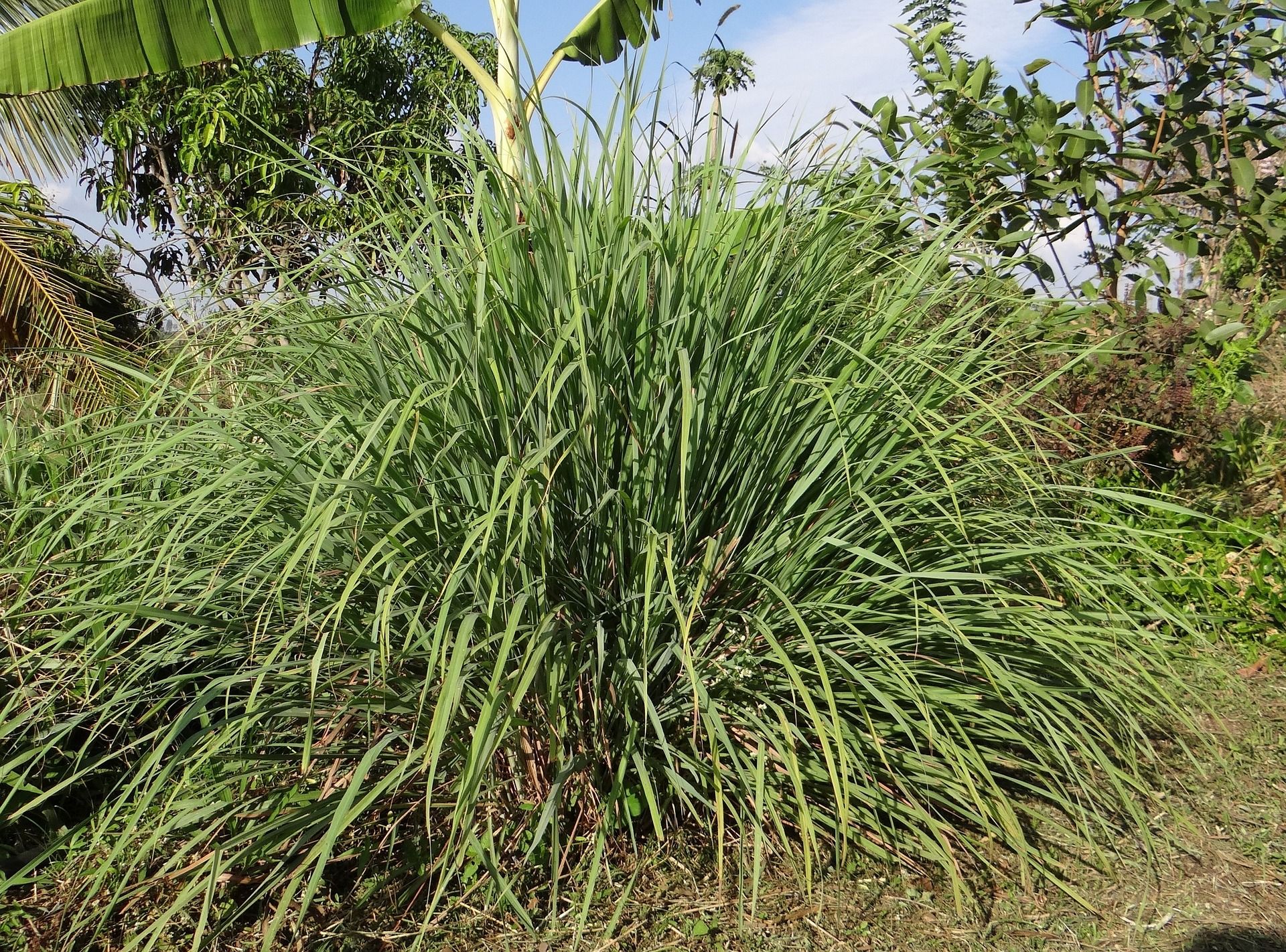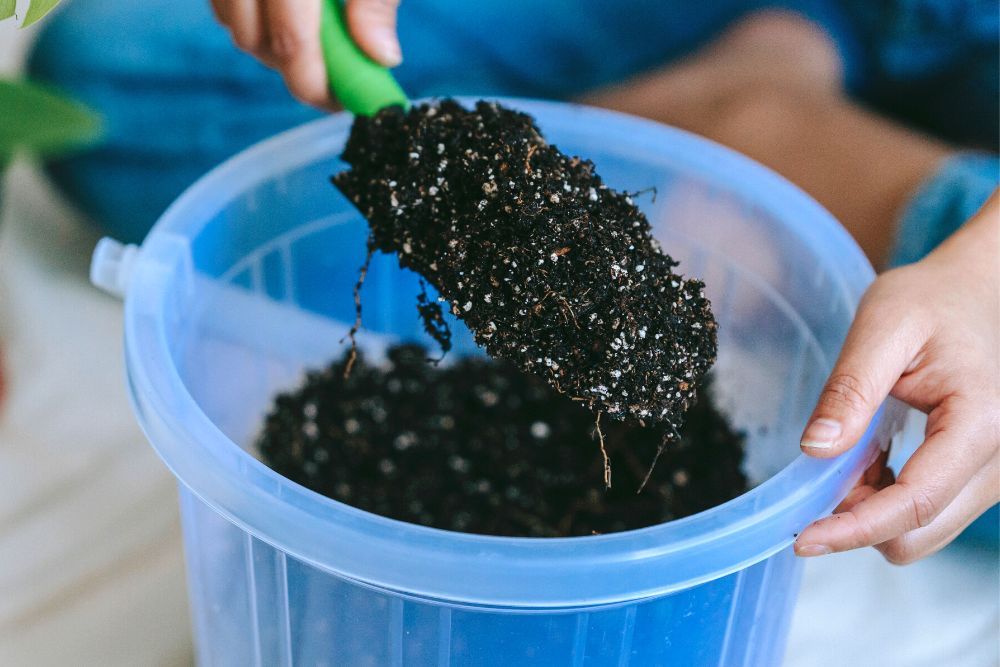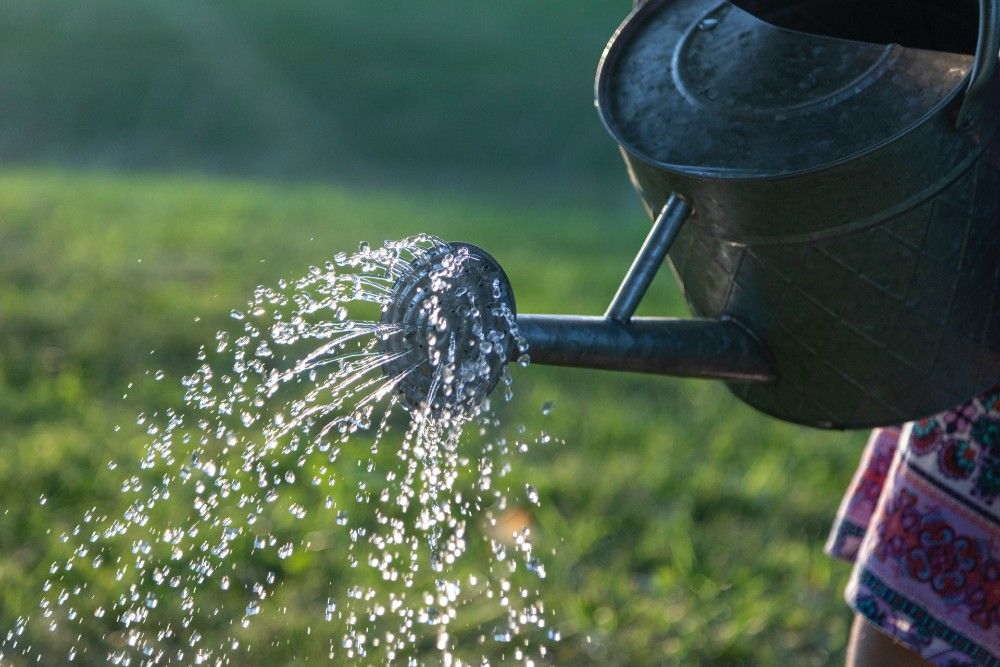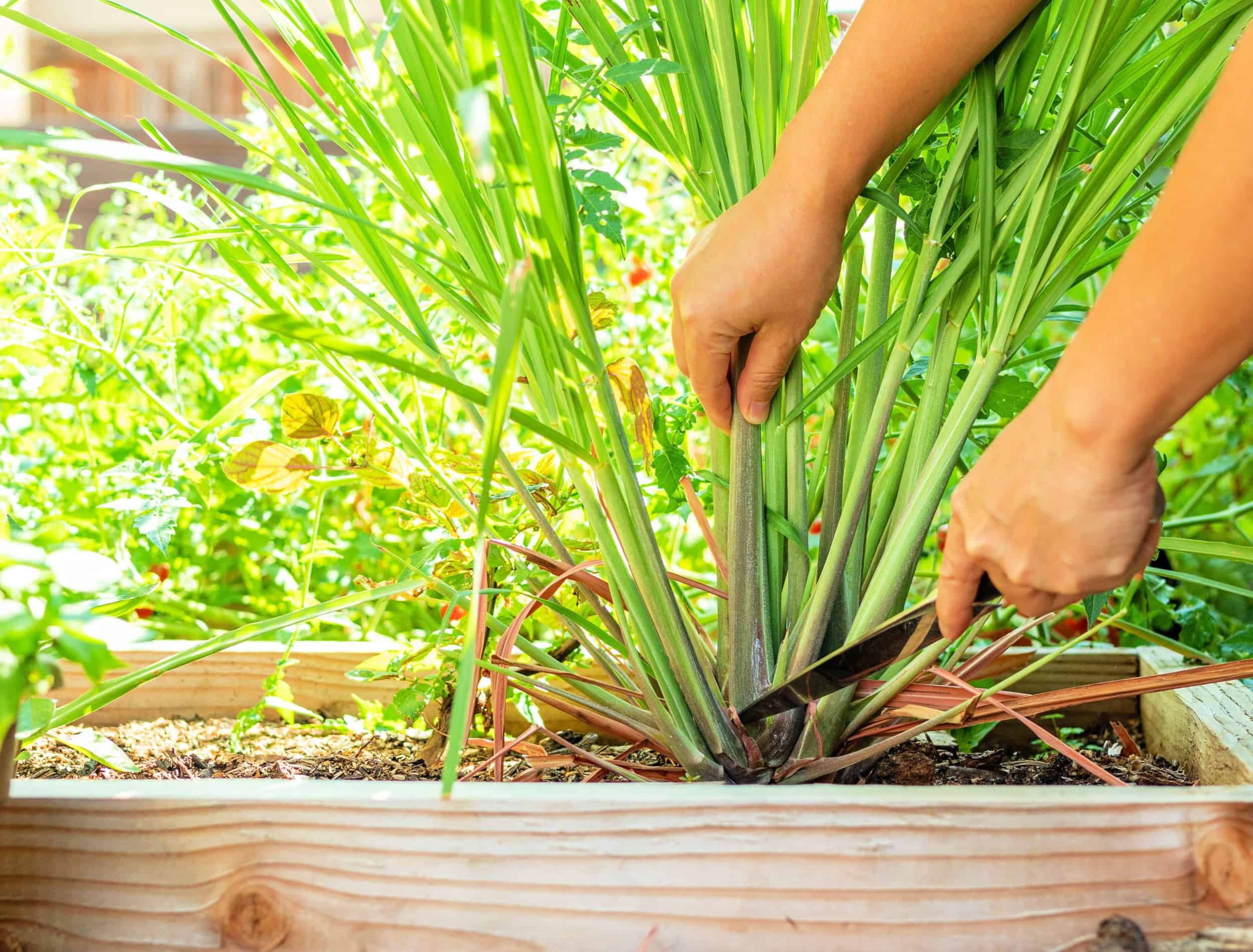Well-loved for its citrus flavor, lemongrass is a delicious addition to many soups, curries, and stir-fries, not to mention teas and other refreshing drinks. On top of that, the plant's fragrance is a natural air freshener and even repels common pests like mosquitos and snakes.
You can plant lemongrass around your garden borders since the thick brush and fragrance deters insects, provides privacy, and the clumping roots prevent erosion. It is also ornamental, with grass-like blades, perfect for adding a little height to your flower beds. With so much to love about the plant, you might wonder how to grow it in your garden.
Learn all the best care tips for growing happy and healthy lemongrass plants to enjoy for years to come.
Temperatures
Image credits: PublicDomainPictures via Pixabay
Lemongrass is a tropical plant and is fond of warm weather. Either plant seeds indoors about eight weeks before the last frost or opt for lemongrass seedlings. Lemongrass plants will survive in temperatures ranging from 50 to 91 degrees Fahrenheit, but they grow best in temperatures between 77 to 86 degrees Fahrenheit.
With the temperature in mind, lemongrass also does well in containers or large pots (5 gallons is best), so you can bring it indoors when frost is a risk. As a potted houseplant in the winter, lemongrass will remain dormant until the warm days of summer return.
If you decide to plant lemongrass in your garden, make sure it has room to grow, leaving at least 24 inches of space between other plants. You can either dedicate a portion of your garden bed to the plant or drop seeds along the border of your garden to grow around your other plants. But remember, lemongrass is not frost tolerant! Before the cold weather and first frost sets in, be sure to dig your beloved plant in small sections, prune off the leaves (leaving it just a few inches tall), and plant in pots for the winter. Lemongrass should never be left outside unless your zone is ideal.
Lots of Lighting
Image credits: sarangib via Pixabay
Lemongrass requires at least eight hours of sunlight each day to thrive. Sadly, if less then six hours of sunlight are received your plant will let you know as its health will decrease. When planting in your garden, keep it away from shady areas such as walls or large trees, and instead plant it in a bright, sunny spot free of obstructions.
If your plant is indoors, keep it near a south-facing window, but ensure it is not too close to the glass if it is below freezing outside or else you risk frost damage. You can supplement lighting with a grow light, but you may not get the same delicious, citrusy flavor.
Fertile Soil
Image credits: Teona Swift via Pexels
Well-draining, loamy, nutrient-rich soil is the ideal environment for lemongrass plants. You can purchase soil or make your own, mixing two parts of loose soil with one part of compost. If the soil in your garden is too compact or clay-ish, consider growing your lemongrass in a raised garden bed or large containers. Clay soil retains too much moisture and can lead to nutrient deficiencies.
To keep them happy and healthy, aim for a pH between 5 and 8.4. You'll also want to fertilize lemongrass plants monthly, from June through September, with a 10-10-10 diluted liquid fertilizer -- A slow releasing, nitrogen fertilizer will also treat your plants well. You can also mix compost into the soil if you haven't already; Stick to organic fertilizers if you intend on harvesting and eating lemongrass.
Pro Tip: After a few years of growth, your lemongrass may become overgrown and thin in the middle. If you notice this, it is time to divide the plant. Carefully dig it up, separate the root ball in half or quarters, and replant.
Keep it Moist
Image credits: David Ballew via Unsplash
Preferring warm weather and lots of nitrogen, your lemongrass plants also loves tons of water. Do not allow lemongrass to dry out but avoid overwatering the plants by looking for the signs and creating a proper watering schedule. Under all circumstances don't allow them to sit in a pool of water as it will not appreciate wet feet. Check the soil daily for dryness and water if it is not moist. Start by giving your plant a drink once a week and adjust when necessary.
Pro Tip: Remember to water and fertilize your container lemongrass plants more frequently. Container plants tend to dry out more quickly, and dry soil can be detrimental to the health of the herb.
Harvesting
Image credits: v2pham via Shutterstock
Lemongrass is ready for harvest four to eight months after planting or when it's about a foot tall. Choose stalks at least a half-inch thick and harvest them one at a time with a clean, sharp knife. Discard any discolored parts immediately. You can harvest and dry the leaves throughout the season and use them in teas or sauces.
It's important to notes that people who are pregnant or breastfeeding should not consume lemongrass. It is also toxic to pets and animals, so plant or place it carefully and accordingly.
When Life Gives You Lemongrass...
The right temperatures, lighting, and proper watering techniques ensure that your lemongrass plants will remain happy and healthy throughout the year. If it gets too cold, you'll need to bring it inside, or it will become a victim of frost!
Do you have any tips for caring for lemongrass plants? Share in the comments below!


